Since May, Pakistan-occupied Jammu and Kashmir (PoK) has been witnessing major protests driven by widespread discontent over the Pakistani government’s policies on basic amenities.
The violent uprising in PoK, which Pakistan dubiously calls ‘Azad Jammu and Kashmir’, and the Western media, including the BBC, ‘Pak-administered Kashmir’, has left Pakistan stunned. The scale and ferocity of the rebellion has caught the Pakistani authorities completely by surprise.
Islamabad attempted to enforce an information blackout in PoK by cutting off Internet access and limiting media coverage. The protest was not covered much in mainstream media. TV shows barely talked about it and newspapers did not write about it in a big way.
Despite attempts to control information from leaking out, videos of violence between locals and officials, angry speeches calling for ‘independence’, and footage of protesters, from different parts of the occupied area, meeting in Muzaffarabad—capital of PoK, located at the confluence of the Jhelum and Neelum, and serving as the regional administrative centre—were shared across the world on social media.
The so-called ‘independent’ Pakistani media downplayed a significant story—one of the most significant in a long time—from the region. Interestingly, even the Western media, known for its criticism of India’s constitutional reforms in J&K, chose to ignore the events as if nothing was taking place.
Besides problems in Balochistan, the Pashtun region and Punjab, Pakistan is also facing unrest in PoK. This shows the country is losing control over its surrounding areas and even facing trouble within its own borders.
FOUR MAIN REGIONS OF PAKISTAN
- Punjab
- Sindh
- Khyber Pakhtunkhwa, and
- Balochistan
The Pashtun region primarily falls under the administrative jurisdiction of the Khyber Pakhtunkhwa province in Pakistan. On the same day that protests erupted in PoJK, India held a peaceful election in the Union Territory (UT) region of Jammu and Kashmir that it controls. This contrast highlighted the different situations in the two areas of Kashmir.
Pictures from India’s part of Kashmir and those from Pakistan showed a marked difference. It was clear that the two areas were in very different situations. Pakistan’s primary concern was not the demands of Kashmiris under its administration, but rather how the PoK unrest had strengthened India’s position on the Kashmir issue, as a whole.
The most telling images that spoke of the anger of PoK locals against the iron Pak control over the region showed Pakistani military vehicles being set on fire and the Pakistani flag being torn down at Kohala, a major entry point from Pakistan’s Punjab province into PoK.
One of the main demands of the protesters is to completely get rid of the special benefits and privileges enjoyed by the ruling class and government officials, including judges and wealthy elites. The protesters also want to ban government officials from using vehicles larger than 1,300 cc.
POLITICAL CHAOS UNTHINKABLE
PoJK refers to the region of Jammu and Kashmir under Pakistani control. It is a disputed area claimed by both India and Pakistan and is separated from the rest of Pakistan by the line-of-control (LoC). Pakistan has two Prime Ministers. One leads the whole country, and the other is for PoK. This second role is more symbolic and is influenced by the Pak government.
The recent unrest in PoK was unthinkable just a few years ago. Earlier, this region was considered the main base for those fighting against Indian rule in Indian Kashmir. Most people had never imagined that these locals would never turn against Pakistan. The society had been radicalized, with numerous jihadist groups operating in the area. Added to that was the heavy presence of the Pakistani security forces and intelligence officials, who kept a close eye on everyone.
In 2004, in Muzaffarabad, anyone who dared to speak of visiting Indian journalists was questioned and monitored. While a few people openly supported an independent Kashmir, most just repeated what the Pak government said.
CLEAR SIGNS OF TROUBLE BREWING
However, there were signs of trouble brewing. Some Pak journalists reported that then Prime Minister Chaudhry Anwarul Haq—a symbol of the problems in PoK—had told lawmakers in Islamabad that the younger generation in PoK did not feel the same loyalty to Pakistan as their parents had. Anwarul Haq, like a similarly named former leader of Pakistan, was put in his position by the Pak Army. He got the job after previous leader Tanveer Ilyas was forced out for breaking court rules.
Even though Anwarul Haq was elected as a member of the Pakistan Tehrik-e-Insaf (PTI) party, his appointment as a leader caused a split within the party. His government was formed with the help of former PTI members who joined forces with lawmakers from the Pakistan People’s Party (PPP) and Pakistan Muslim League Nawaz (PML-N) in the Pak-administered Kashmir assembly. Not surprisingly, everyone who supported the new government was given a position of power, such as ministerial roles.
Anwarul Haq’s ‘power grab’ that put him in charge only made the problems of governing PoK worse. For years, this region’s leadership has been constantly changing, with one replacing another in a rapid cycle. The current leader spends more time in Islamabad than in Muzaffarabad, leading some to criticize him for being more of an ‘absentee leader’.
This betrayal of trust is just one of the reasons for the current unrest. The problem is that the people no longer trust their politicians because the military has been so involved in controlling the region’s politics. This has made all the major political parties seem unimportant and ineffective. No politician commands the respect, or the power, to influence people protesting in the streets. The protest leaders, who call themselves the Joint Awami Action Committee (JAAC), do not even have control over the crowds they have brought together.
Basic Needs: The PoK protests are not just about politics in the traditional sense. While the JAAC and its supporters have labelled it ‘a movement for rights’, but the real driving force is the struggle for basic necessities, such as food, water and jobs. The protests started in May 2023 when people were angry about a huge increase in electricity bills and the cost of flour. By August, things had got much worse in the region. Protesters in Rawalakot—located in the Poonch division of PoJK and proximity to the LoC—burned their electricity bills and announced they would refuse to obey government rules.
The protesters also demanded that all electricity infrastructure be removed from their farmland. The protests quickly spread to other parts of Pakistan, with large demonstrations happening across the country. Since then, the situation has been tense, and unstable.
Pakistan tried to deal with the protests in a way they often do: Ignore, as long as possible. When it, finally, had to acknowledge the problem, it made promises it did not intend to keep. Once the protests calmed down, it did not bother to follow through on their promises. If anyone tries to start the protests again, the government will use force to scare, and silence, them.
On May 9, 2024, the government arrested almost 70 people to stop a planned protest in Muzaffarabad. This was its way of preventing the protests from happening again. However, this action made people even angrier and things quickly escalated, leading to clashes in Dadyal—a town located in the Mirpur division of PoK, situated near the LoC.
WIDESPREAD REBELLION IN REGION
What happened next was a widespread rebellion across the whole region, which quickly turned violent. All attempts to stop it failed. The situation got worse when the Pakistani government sent in paramilitary forces. These forces shot and killed three or four protesters during the clashes. After the killings, the scenes were similar to those seen in Palestine, with bodies being carried through the streets and angry speeches calling for revenge.
It is clear that the economic problems people are facing are very real and serious. The economic crisis in Pakistan is also affecting people in PoK. However, because the region has relied heavily on government subsidies for wheat and electricity, the recent increases in prices for these essential items have been a huge blow. It is not as if people in PoK are being charged more for electricity than those in other parts of Pakistan. But they believe that, because electricity generated in PoK costs about 3 Pakistani rupees (PkR) per unit, it is the price they should be paying.
THE QUESTION OF ELECTRICITY PROFITS
However, after adding all fees, taxes and surcharges, they are actually being charged close to 60 PkR per unit. The people and government of PoJK also want to be paid a share of the profits from the electricity generated in the region. When things were good, these demands were not a problem. However, with Pakistan’s economy on the brink of collapse and the government struggling to deal with the growing debt in the power sector, there is not much money left to give away freebies, or heavily subsidized electricity.
INEQUALITY IN POLITICAL INSTABILITY
While the current protests are mainly about economic problems, there are also deeper issues related to how the region is governed and a lack of political freedom. These issues are helping to keep the movement going. It is mostly led by activists and business people, but almost everyone in the region supports it. The main reason for the anger in PoK, including in Gilgit-Baltistan (PoGB), is that people feel they have no control over how their region is being run.
However, Pakistan is neither willing nor able, to give the people of these two regions—PoJK and PoGB—any representation in Pakistan’s National Assembly or Senate.
Another problem for Pakistan is that, if the government gives in to the protesters’ demands, it could set a precedent for other people within Pakistan to raise similar demands. With Pakistan about to enter another difficult programme with the International Monetary Fund (IMF), the government will be forced to make even tougher decisions that will be unpopular with the people. There are reports that the government is planning to change how income tax is calculated and that they will start taxing pensions, including those of former military personnel. Electricity and gas prices are expected to increase even more. For the people, this is a serious crisis because, when the cost of basic necessities, such as electricity and food, become too high, they have no choice but to protest.
The basic understanding between the people and the government, which is supposed to ensure that the government take care of its citizens, is breaking down. When a government becomes weak, cannot even fulfil its basic responsibilities to its people and does not listen to their concerns, people feel they have no choice but to turn to violence.
For a long time, the Pakistani government has relied on force and intimidation to control its people. However, the PoK protests show this old way of governing is no longer effective. People are standing up to the Pakistani army and police and, as the protests in PoK have shown, they are capable of challenging the government’s authority. Even groups like the Tehrik-e-Taliban Pakistan (TTP) and Pashtun nationalists have expressed support for the people of PoK.
Tehrik-e-Taliban Pakistan (TTP) is a militant group operating primarily in Pakistan's tribal areas. They are often referred to as the Pakistani Taliban. Here is a breakdown of what they are:
Pashtun nationalists are people who advocate for the rights and autonomy of the Pashtun people, the largest ethnic group in Afghanistan and Pakistan.
GROWING ANGER AND FRUSTRATION
What should worry Pakistan most is that the growing anger and frustration could cause many people in PoK to reconsider their options. They might start thinking about whether it is better to remain under the control of a struggling Pakistan, or to rejoin the former state and benefit from India’s strong economy.
Recently, India’s foreign minister, S Jaishankar, was asked about PoK and the possibility of it returning to India. His response was very interesting.
He said that, when India made changes to the constitution regarding Jammu and Kashmir in 2019, no one thought it would actually happen. In short, India is closely watching what is happening in Pak-administered Kashmir and Gilgit-Baltistan. Given a chance—or charting a path of its own making—India will consider ending Pakistan’s control over these territories, which it considers to be part of its own territory.
(The author of this article is a Defence, Aerospace & Political Analyst based in Bengaluru. He is also Director of ADD Engineering Components, India, Pvt. Ltd, a subsidiary of ADD Engineering GmbH, Germany.)
![submenu-img]() PAK vs USA, T20 World Cup 2024: United States beat Pakistan in historic triumph after thrilling super over
PAK vs USA, T20 World Cup 2024: United States beat Pakistan in historic triumph after thrilling super over![submenu-img]() Eid Al Adha 2024: Dhul Hijjah Moon spotted in Saudi Arabia, Dubai, will be celebrated in India on...
Eid Al Adha 2024: Dhul Hijjah Moon spotted in Saudi Arabia, Dubai, will be celebrated in India on...![submenu-img]() DNA TV Show: What is NEET-UG 2024 results controversy? Know full story here
DNA TV Show: What is NEET-UG 2024 results controversy? Know full story here![submenu-img]() Anusha Dandekar says Jason Shah's claims about their failed relationship are lies: 'Everyone wants to use...'
Anusha Dandekar says Jason Shah's claims about their failed relationship are lies: 'Everyone wants to use...'![submenu-img]() BJP calls Rahul Gandhi's claims of 'biggest stock market scam' against PM Modi, Amit Shah 'baseless'
BJP calls Rahul Gandhi's claims of 'biggest stock market scam' against PM Modi, Amit Shah 'baseless'![submenu-img]() NEET exam 2024: Students demand re-exam after 67 students score...
NEET exam 2024: Students demand re-exam after 67 students score...![submenu-img]() Meet IIT-JEE topper, scored 100 percentile in JEE Mains 2024, she is now planning to join...
Meet IIT-JEE topper, scored 100 percentile in JEE Mains 2024, she is now planning to join...![submenu-img]() NEET UG topper 2024: Meet boy who topped MBBS exam by securing 720 out of 720, he is Alakh Pandey's...
NEET UG topper 2024: Meet boy who topped MBBS exam by securing 720 out of 720, he is Alakh Pandey's...![submenu-img]() Meet IIT graduate, Indian genius who made key space discoveries, he is Narayana Murthy’s…
Meet IIT graduate, Indian genius who made key space discoveries, he is Narayana Murthy’s…![submenu-img]() Meet man whose first salary was Rs 5000, turned down Rs 75 crore job offer, built Rs 8000 cr firm, is India's richest...
Meet man whose first salary was Rs 5000, turned down Rs 75 crore job offer, built Rs 8000 cr firm, is India's richest...![submenu-img]() DNA Verified: Did Kangana Ranaut party with gangster Abu Salem? Actress reveals who's with her in viral photo
DNA Verified: Did Kangana Ranaut party with gangster Abu Salem? Actress reveals who's with her in viral photo![submenu-img]() DNA Verified: New Delhi Railway Station to be closed for 4 years? Know the truth here
DNA Verified: New Delhi Railway Station to be closed for 4 years? Know the truth here![submenu-img]() DNA Verified: Did RSS chief Mohan Bhagwat praise Congress during Lok Sabha Elections 2024? Know the truth here
DNA Verified: Did RSS chief Mohan Bhagwat praise Congress during Lok Sabha Elections 2024? Know the truth here![submenu-img]() DNA Verified: Is CAA an anti-Muslim law? Centre terms news report as 'misleading'
DNA Verified: Is CAA an anti-Muslim law? Centre terms news report as 'misleading'![submenu-img]() DNA Verified: Lok Sabha Elections 2024 to be held on April 19? Know truth behind viral message
DNA Verified: Lok Sabha Elections 2024 to be held on April 19? Know truth behind viral message![submenu-img]() Lok Sabha Elections 2024 Result: From Smriti Irani to Mehbooba Mufti, these politicians are trailing in their seats
Lok Sabha Elections 2024 Result: From Smriti Irani to Mehbooba Mufti, these politicians are trailing in their seats![submenu-img]() Lok Sabha Elections 2024: 6 states with highest number of seats
Lok Sabha Elections 2024: 6 states with highest number of seats![submenu-img]() Lok Sabha Election Results 2024: Key candidates to watch out for in South India
Lok Sabha Election Results 2024: Key candidates to watch out for in South India![submenu-img]() Lok Sabha Elections 2024: Key seats Exit Poll predictions
Lok Sabha Elections 2024: Key seats Exit Poll predictions![submenu-img]() Lok Sabha Elections 2024: Key battles in Hindi heartland
Lok Sabha Elections 2024: Key battles in Hindi heartland![submenu-img]() Lok Sabha Elections 2024: What are exit polls? When and how are they conducted?
Lok Sabha Elections 2024: What are exit polls? When and how are they conducted?![submenu-img]() DNA Explainer: Why was Iranian president Ebrahim Raisi seen as possible successor to Ayatollah Khamenei?
DNA Explainer: Why was Iranian president Ebrahim Raisi seen as possible successor to Ayatollah Khamenei?![submenu-img]() DNA Explainer: Why did deceased Iranian President Ebrahim Raisi wear black turban?
DNA Explainer: Why did deceased Iranian President Ebrahim Raisi wear black turban?![submenu-img]() Iran President Ebrahim Raisi's death: Will it impact gold, oil prices and stock markets?
Iran President Ebrahim Raisi's death: Will it impact gold, oil prices and stock markets?![submenu-img]() Haryana Political Crisis: Will 3 independent MLAs support withdrawal impact the present Nayab Saini led-BJP government?
Haryana Political Crisis: Will 3 independent MLAs support withdrawal impact the present Nayab Saini led-BJP government?![submenu-img]() Anusha Dandekar says Jason Shah's claims about their failed relationship are lies: 'Everyone wants to use...'
Anusha Dandekar says Jason Shah's claims about their failed relationship are lies: 'Everyone wants to use...'![submenu-img]() Nana Patekar was asked to leave this Madhuri Dixit film, director replaced him with Paresh Rawal because...
Nana Patekar was asked to leave this Madhuri Dixit film, director replaced him with Paresh Rawal because...![submenu-img]() Watch: Sanjana Sanghi joins forces with Dia Mirza, addresses global warming, climate change on World Environment Day
Watch: Sanjana Sanghi joins forces with Dia Mirza, addresses global warming, climate change on World Environment Day![submenu-img]() Meet actress who was to be a superstar, gave many hit films, got married, was banned from industry due to..
Meet actress who was to be a superstar, gave many hit films, got married, was banned from industry due to..![submenu-img]() 'I'm going to bring...': Anil Kapoor reacts to replacing Salman Khan as host of Bigg Boss OTT 3, show will stream from..
'I'm going to bring...': Anil Kapoor reacts to replacing Salman Khan as host of Bigg Boss OTT 3, show will stream from..![submenu-img]() Meet world's most wanted woman, mastermind of Rs 36000 crore fraud, her crime is...
Meet world's most wanted woman, mastermind of Rs 36000 crore fraud, her crime is...![submenu-img]() Viral video: Influencer makes security guard's dream trip to Ayodhya Ram Mandir a reality, watch
Viral video: Influencer makes security guard's dream trip to Ayodhya Ram Mandir a reality, watch![submenu-img]() 74-year-old woman found alive at funeral home after being pronounced dead
74-year-old woman found alive at funeral home after being pronounced dead![submenu-img]() This country with 96% Muslim population has banned Hijab, beard, prohibition on religious books too
This country with 96% Muslim population has banned Hijab, beard, prohibition on religious books too![submenu-img]() Viral video: Train passes through burning forest amid Russia's wildfires, watch
Viral video: Train passes through burning forest amid Russia's wildfires, watch
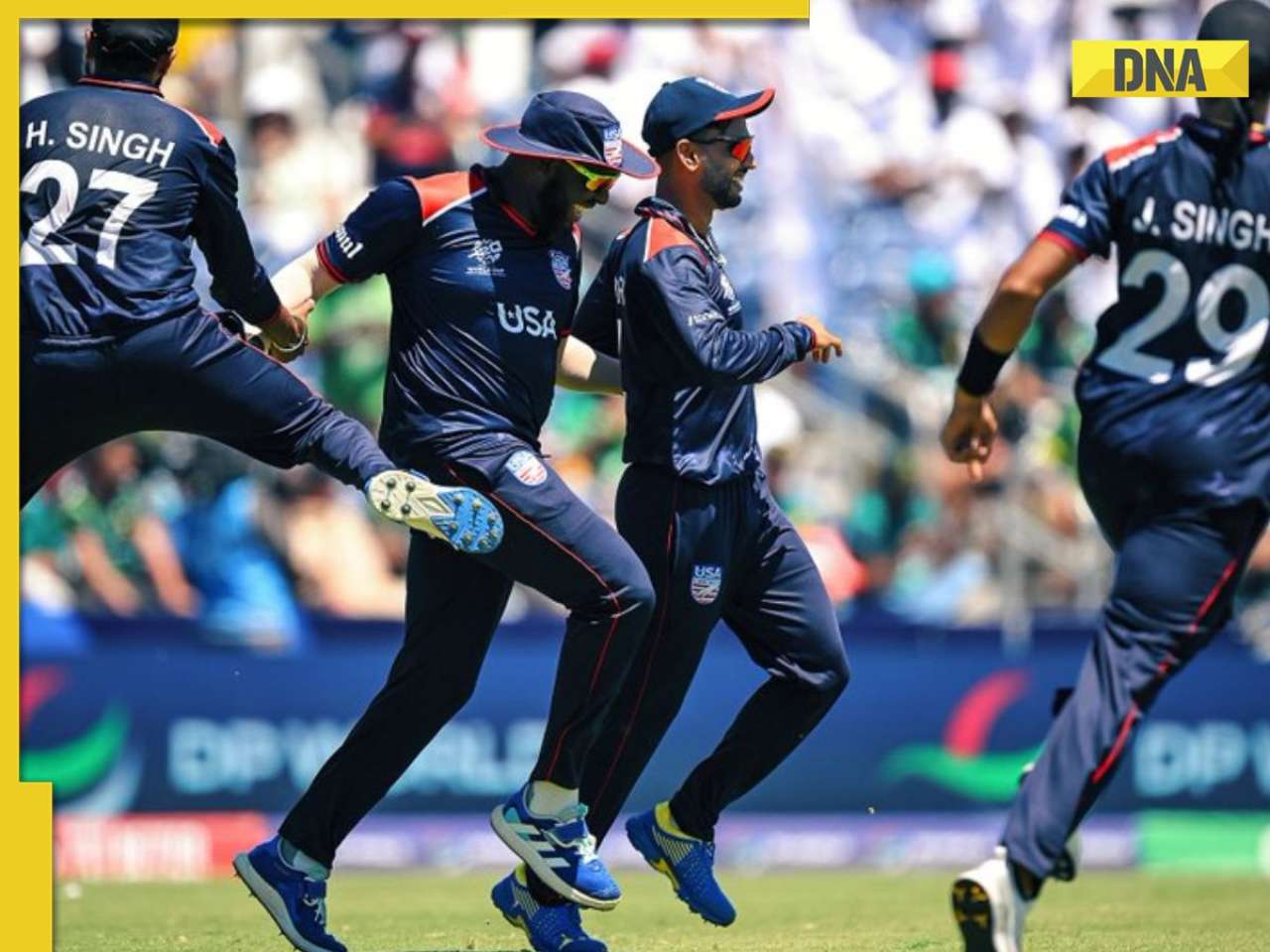

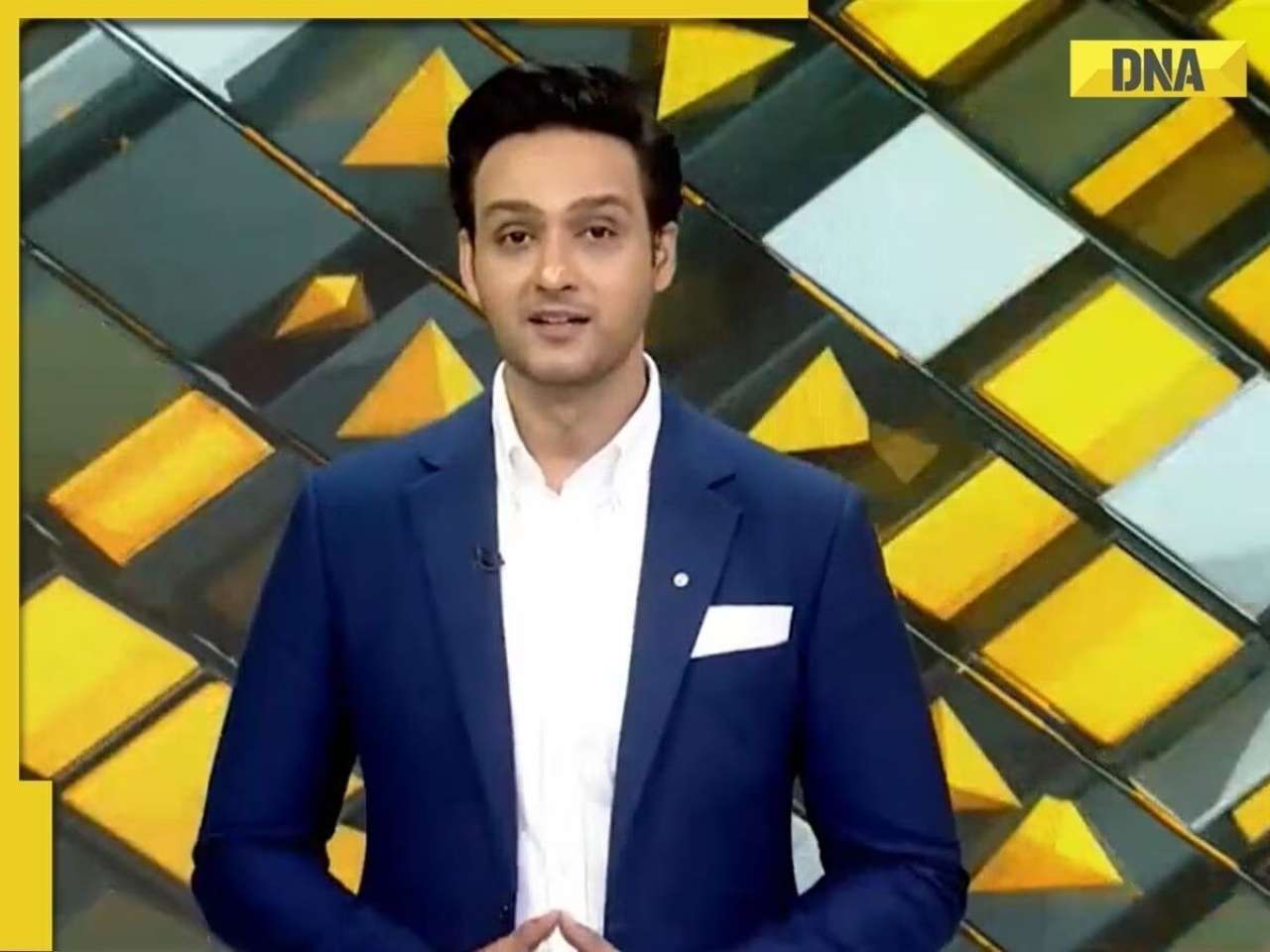

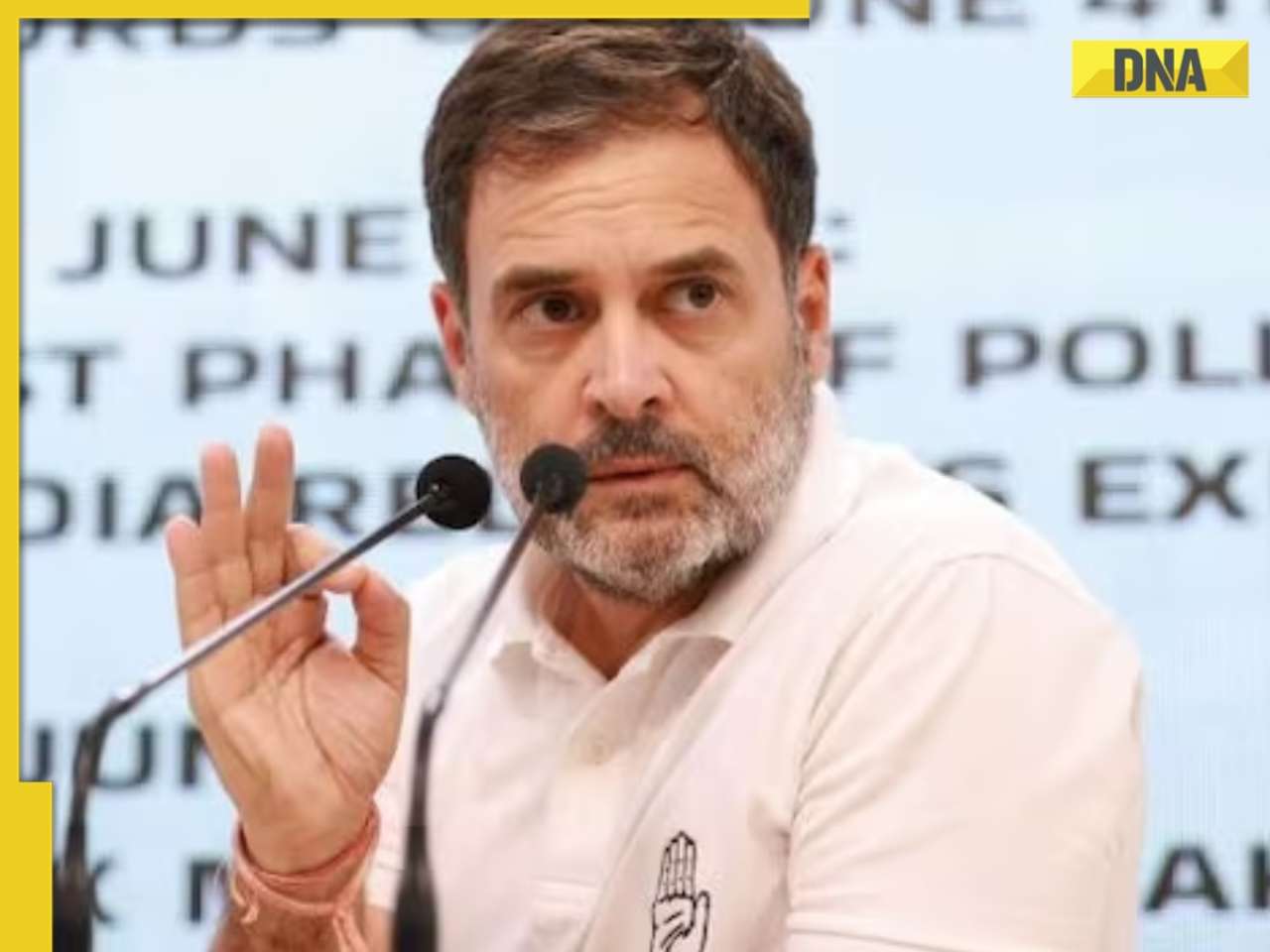





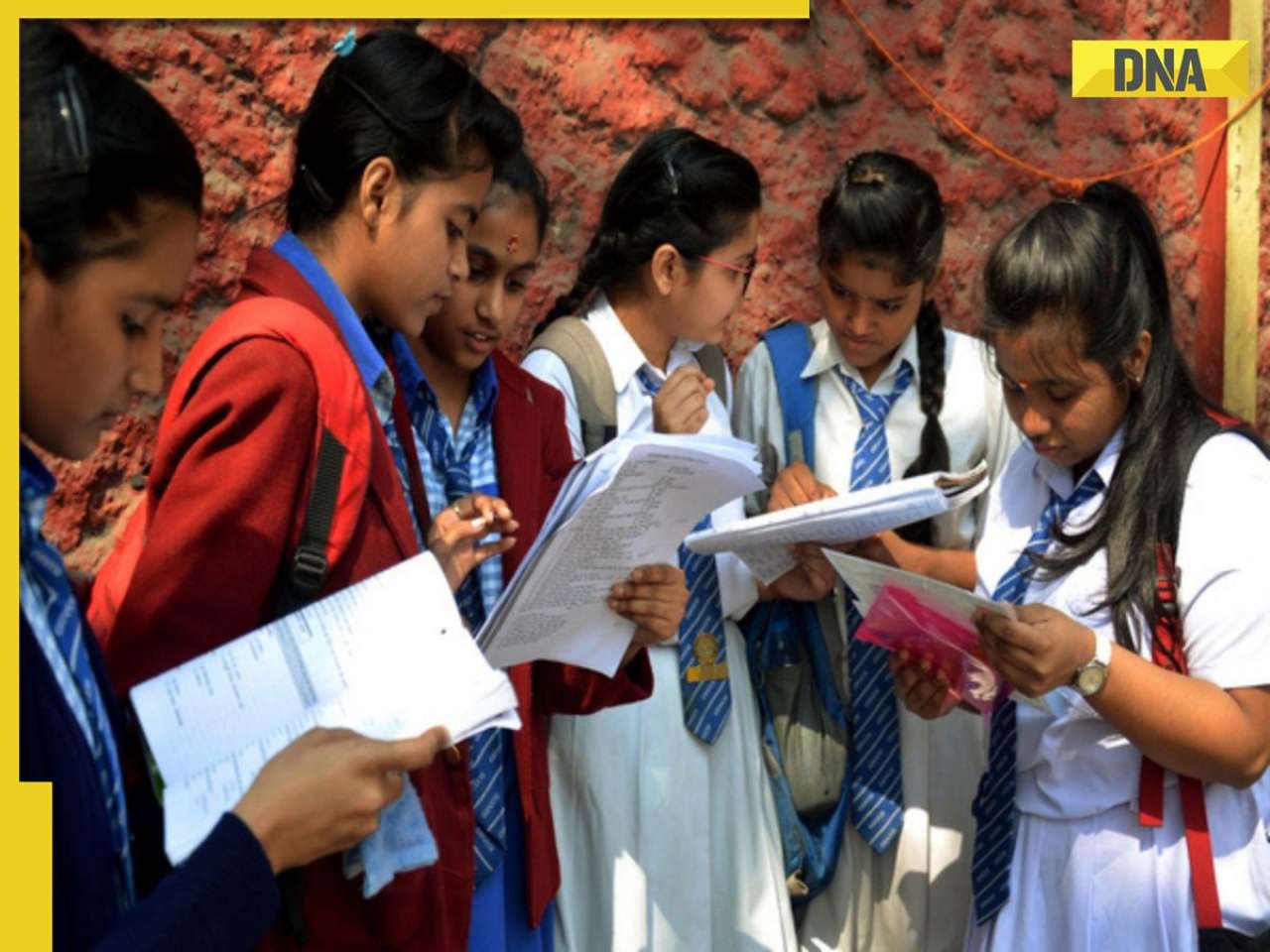


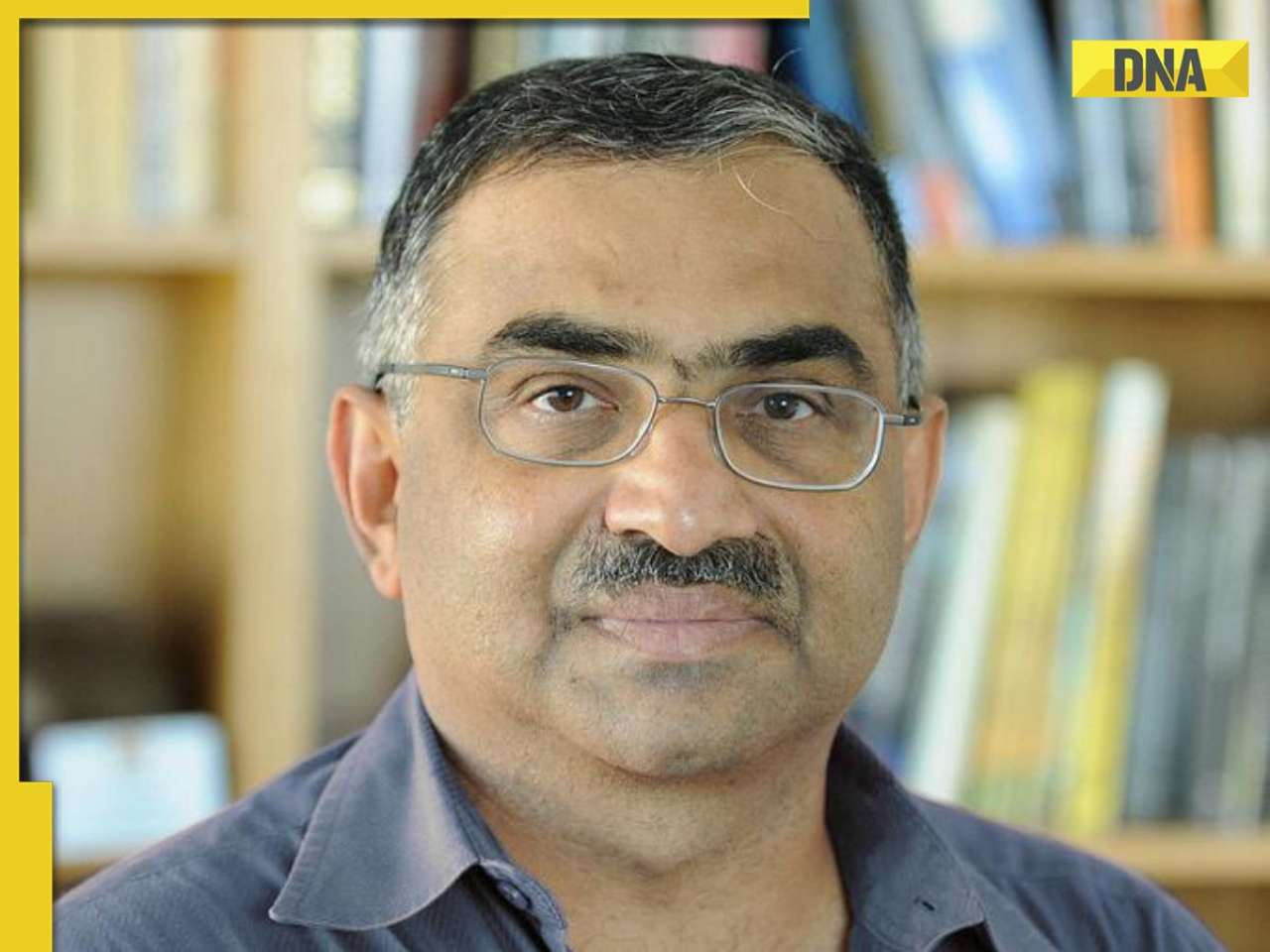






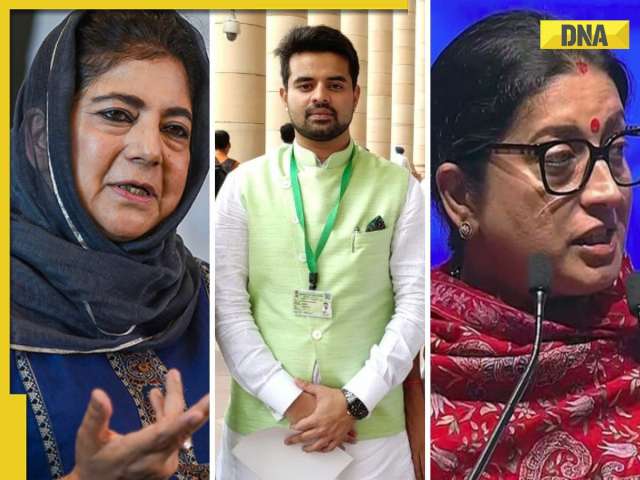
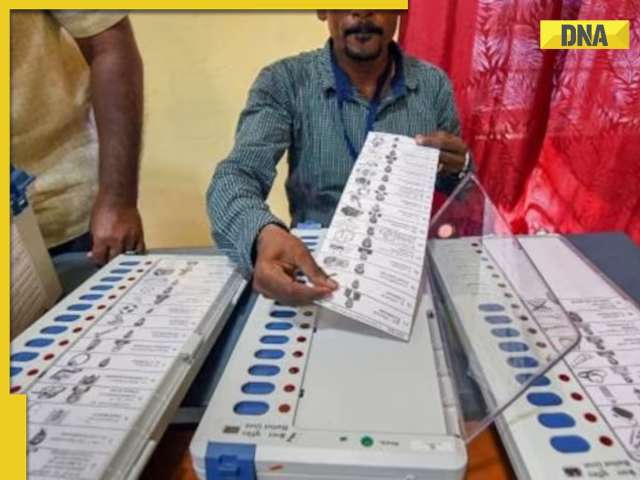
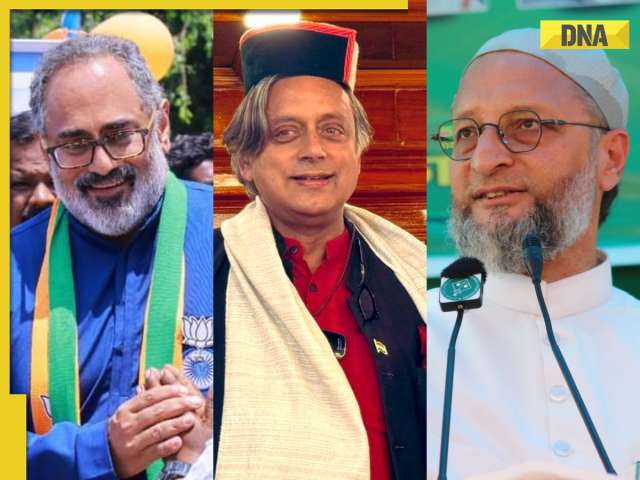
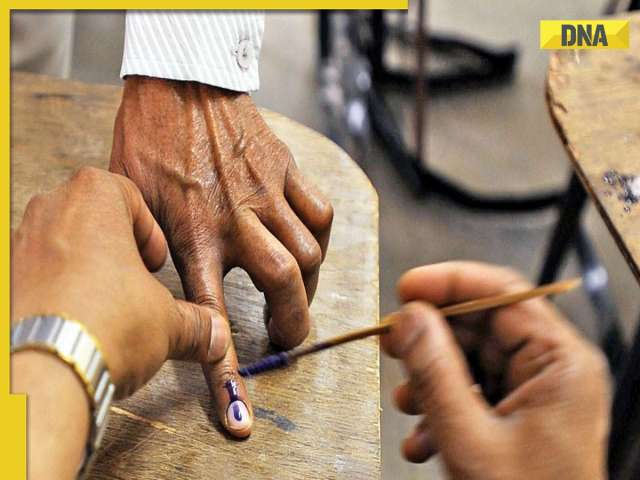
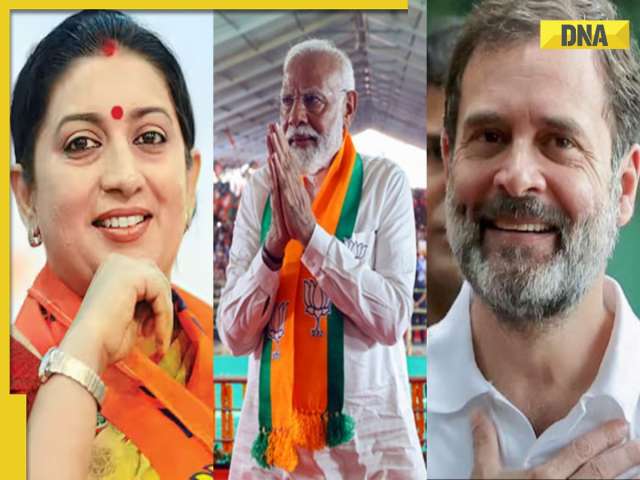
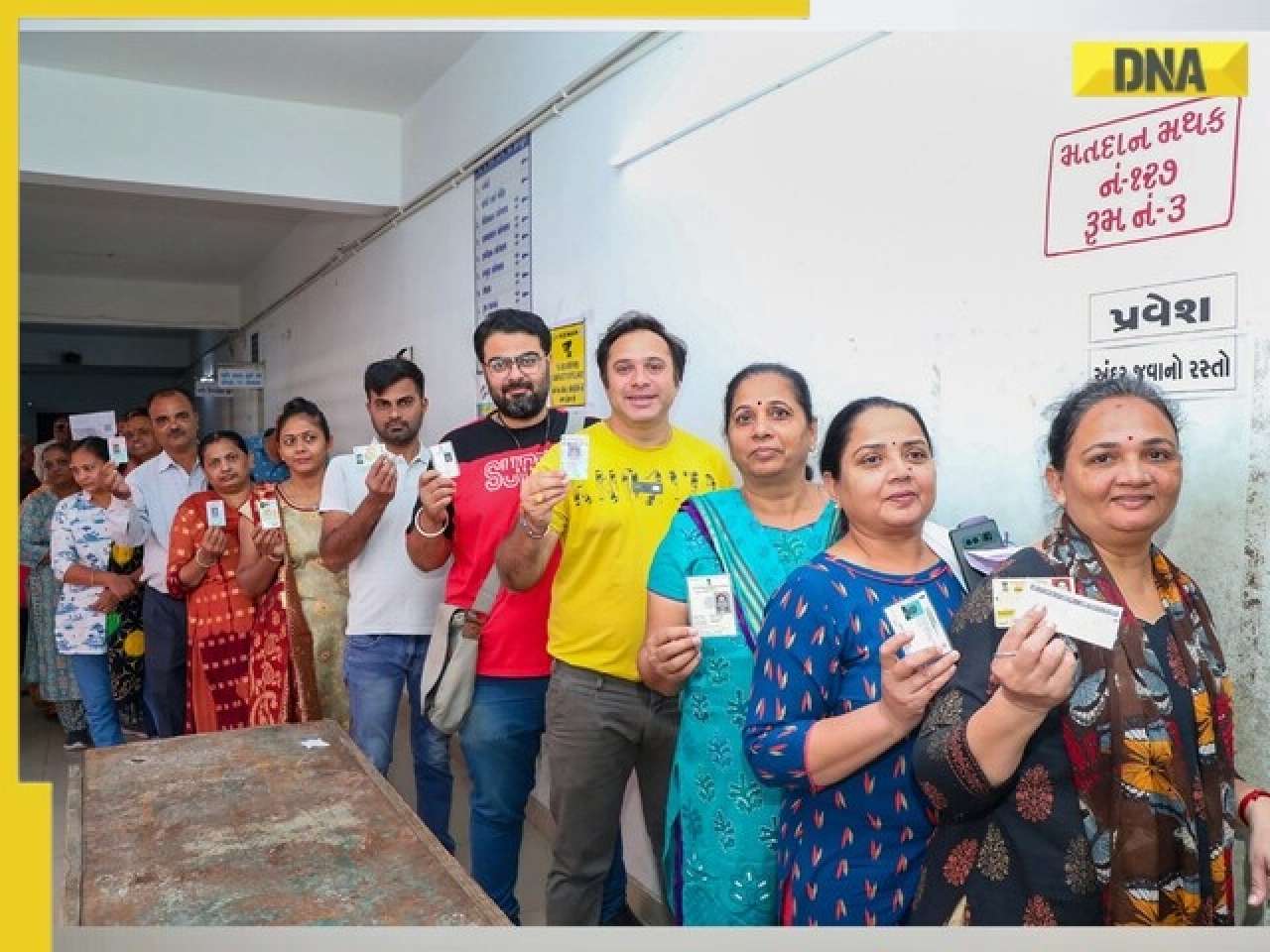














)

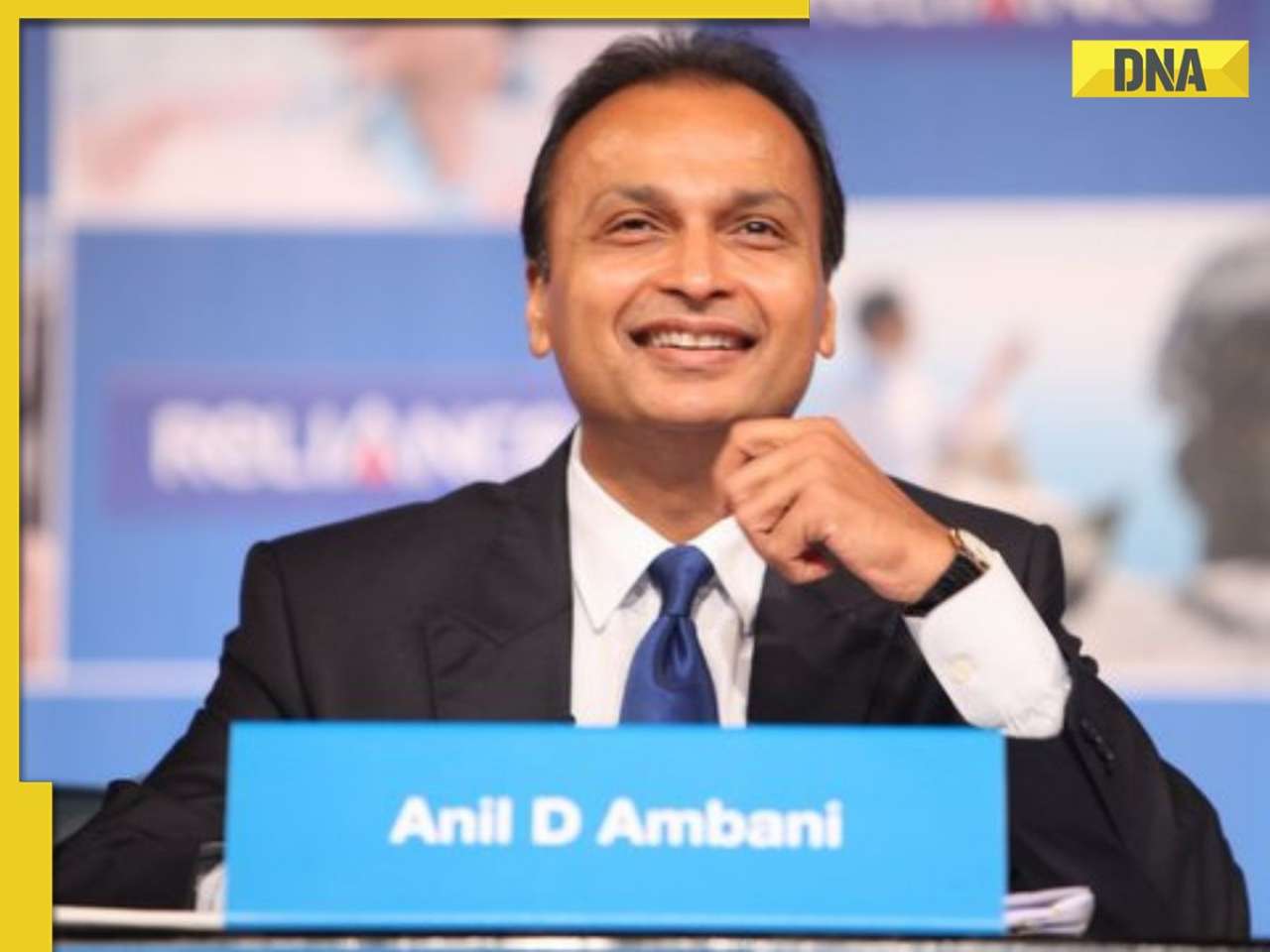

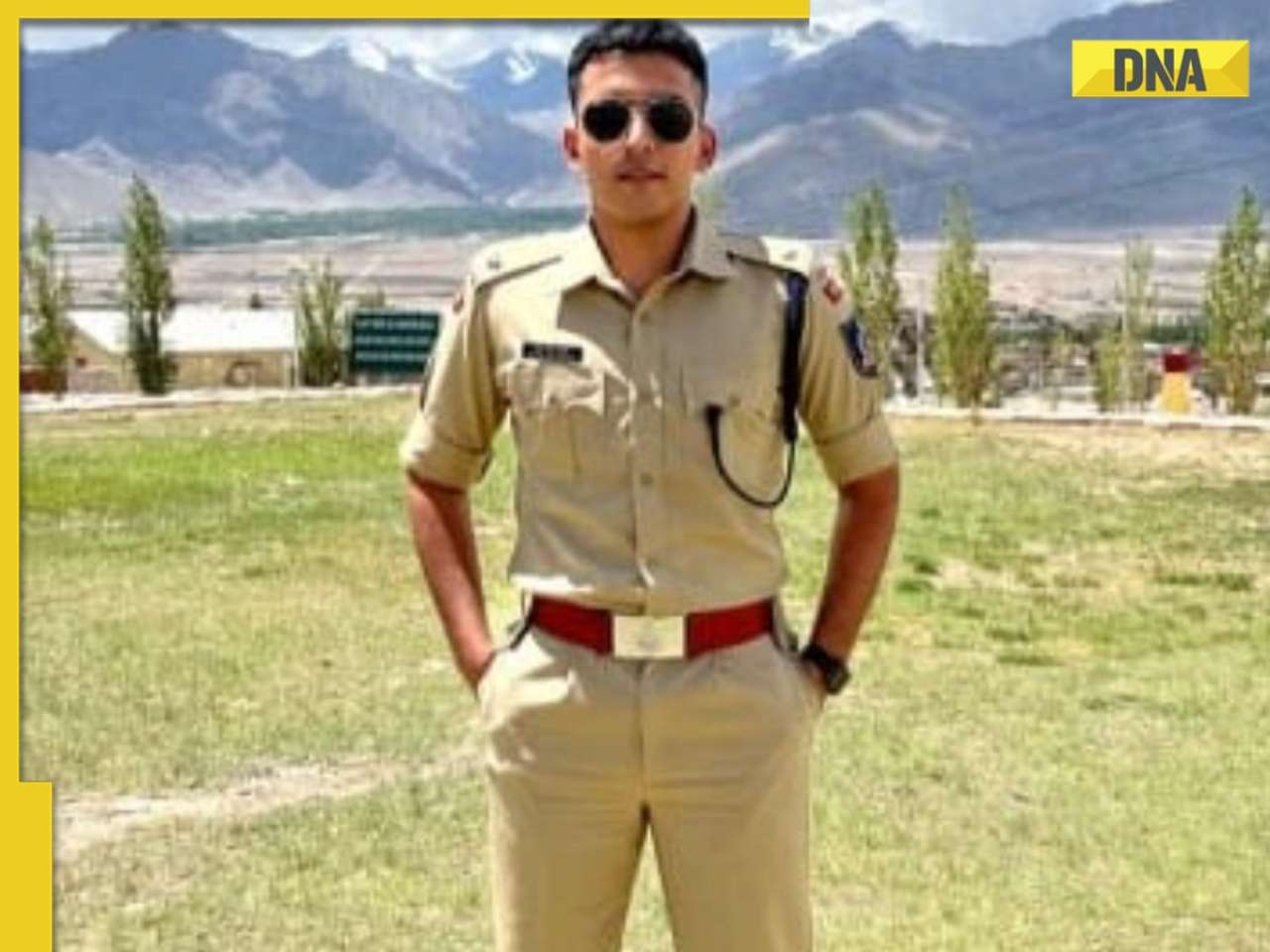














)
)
)
)
)
)